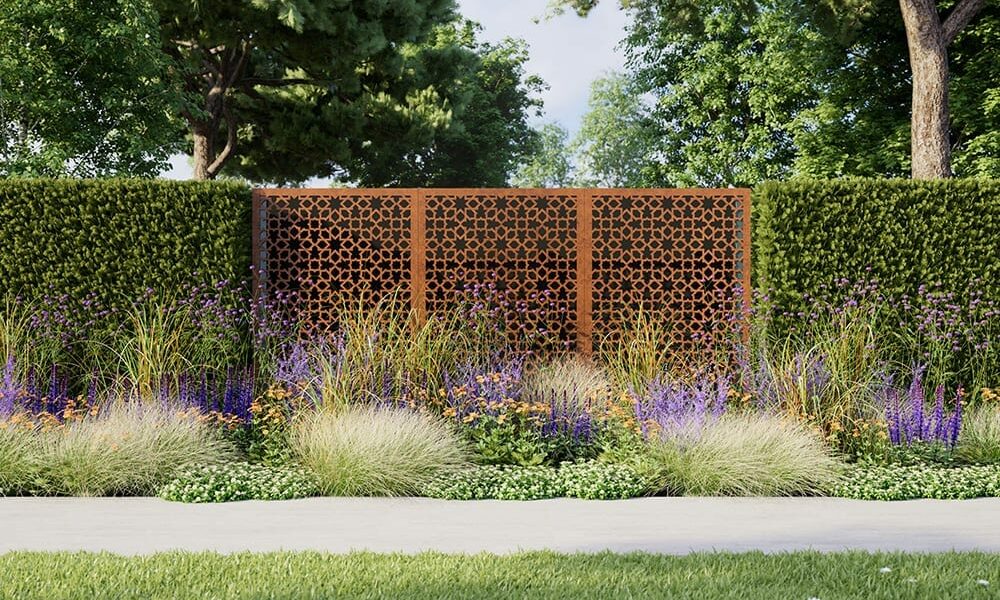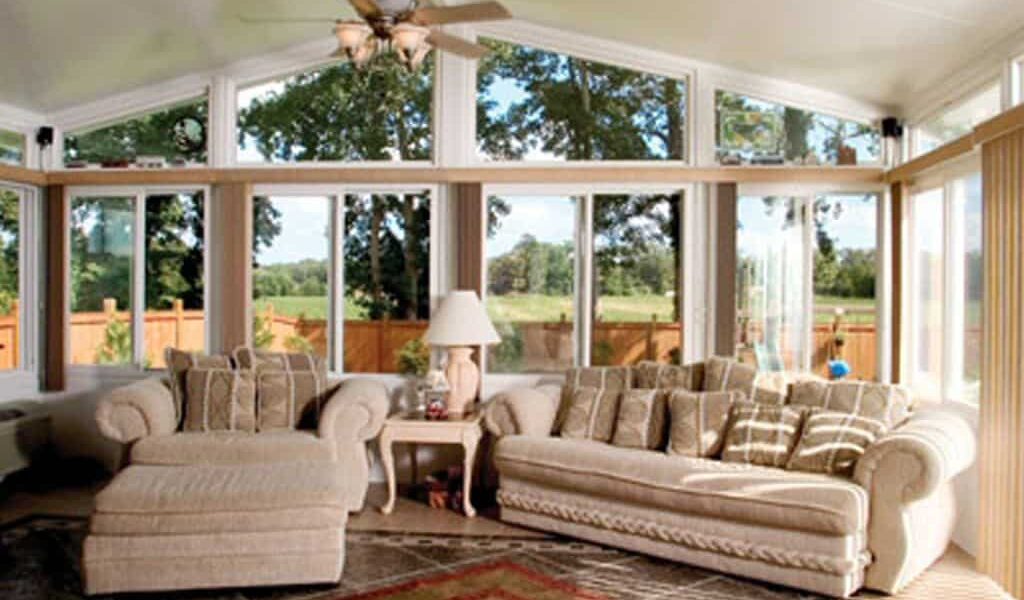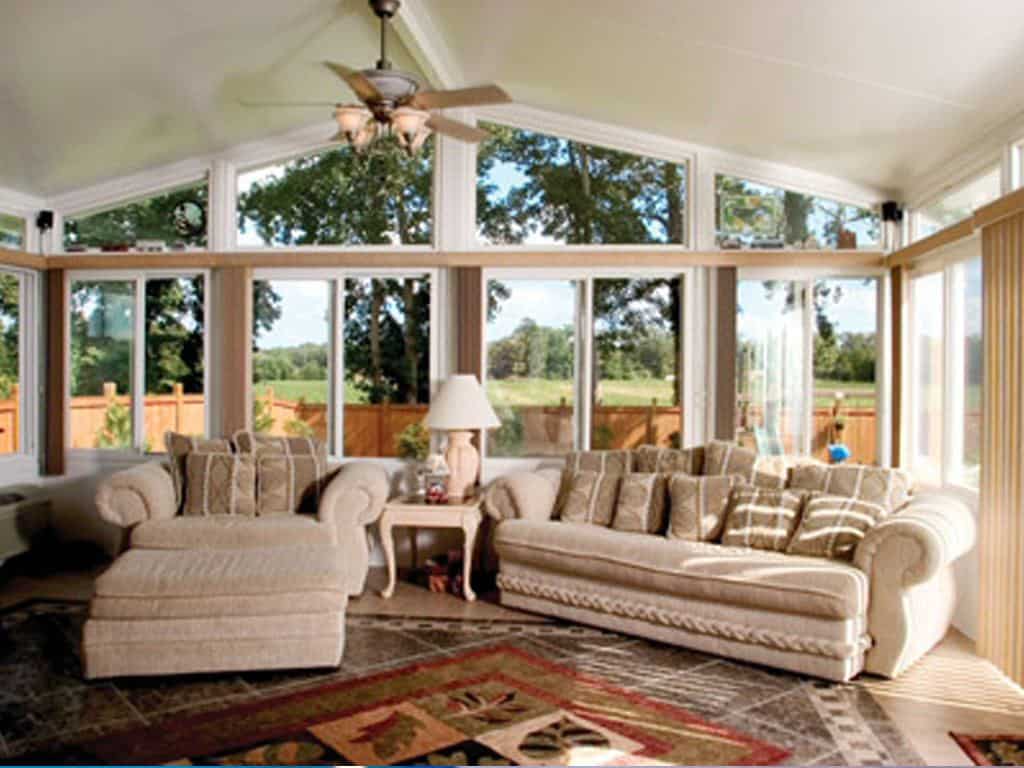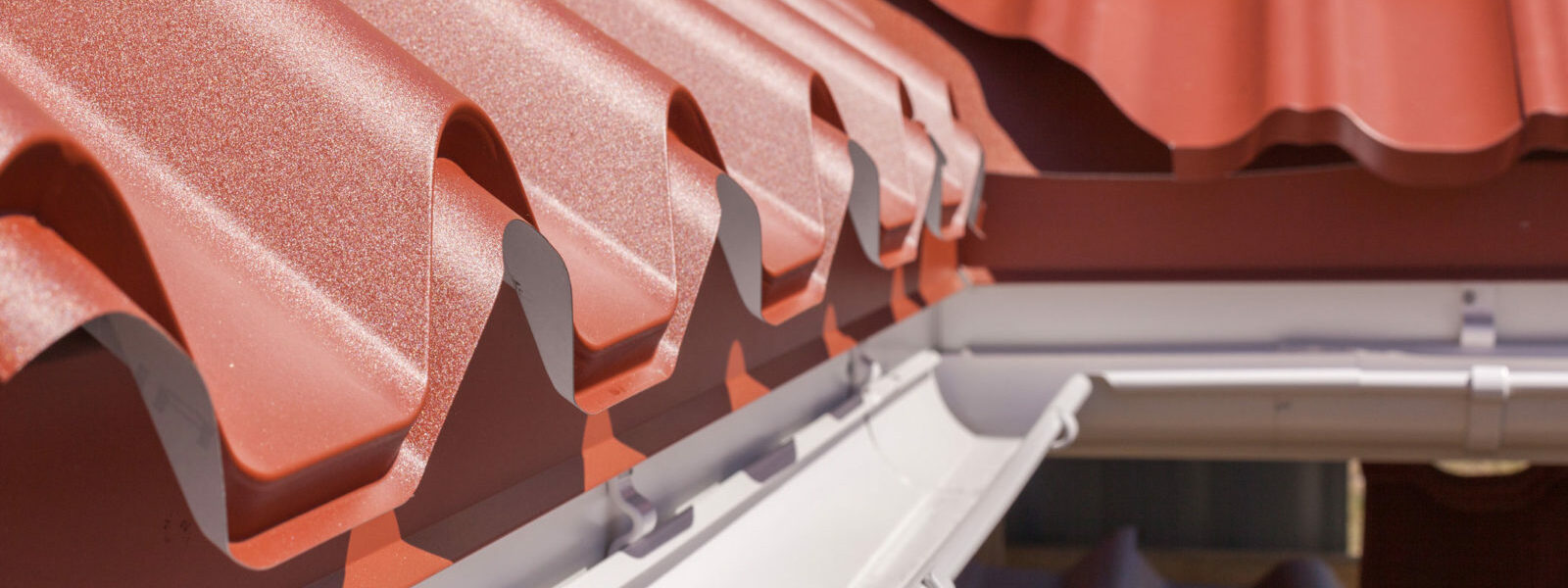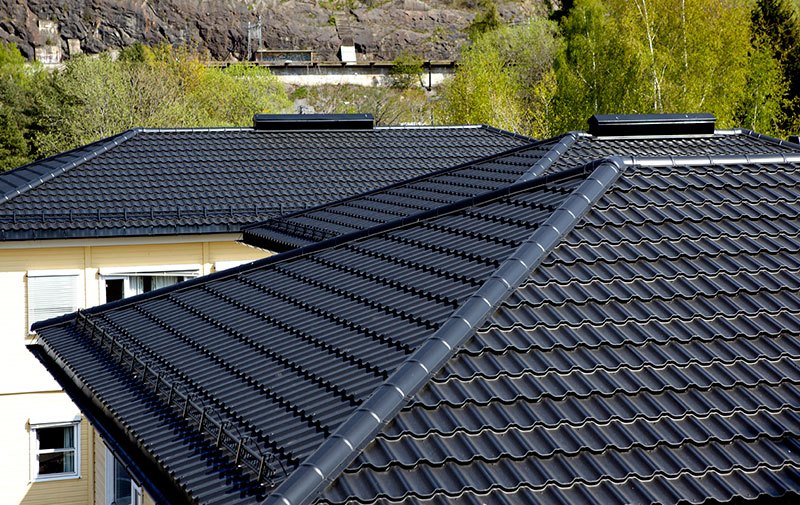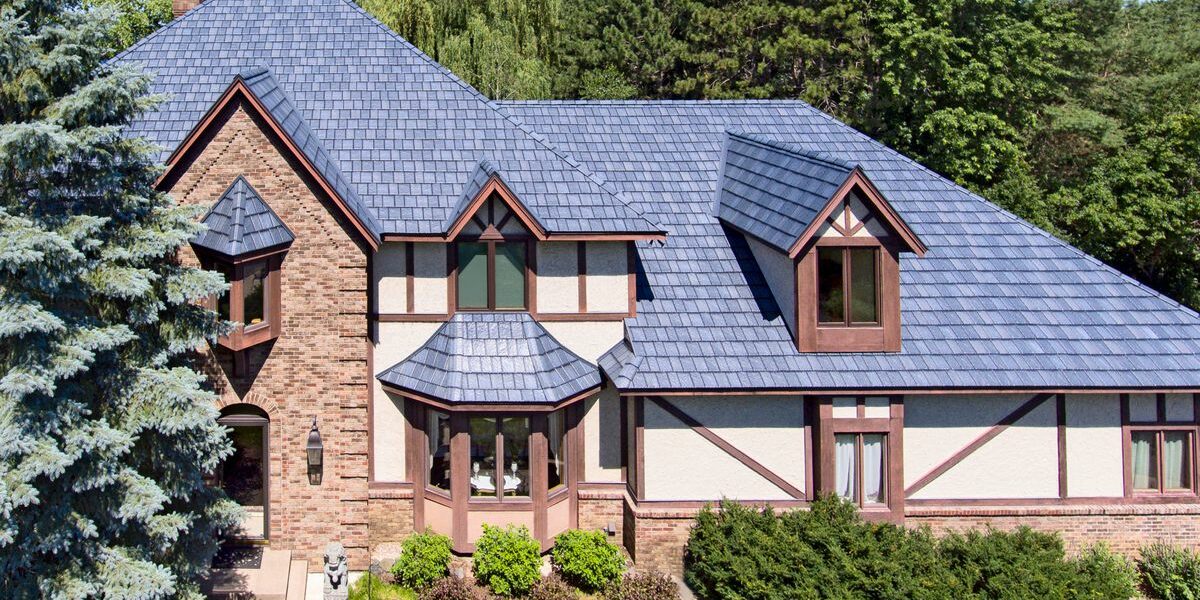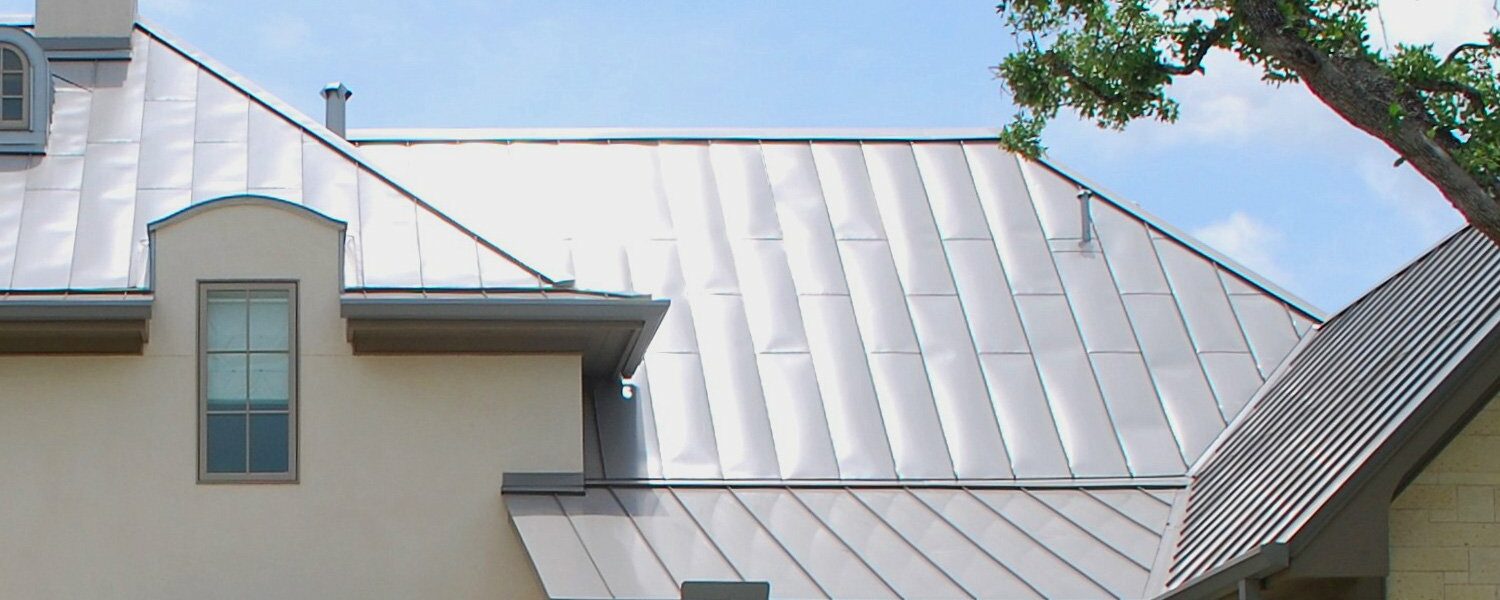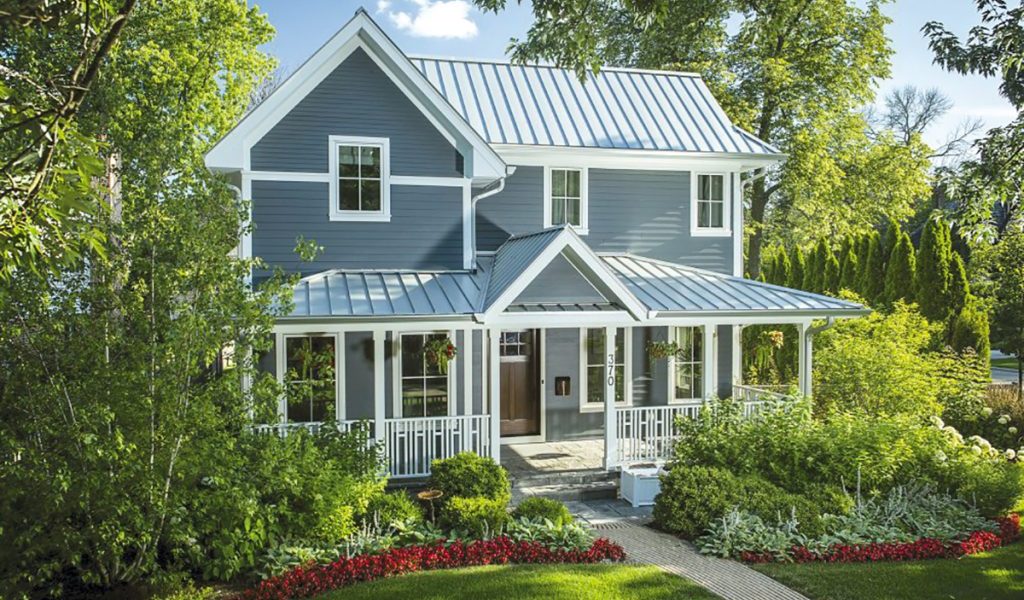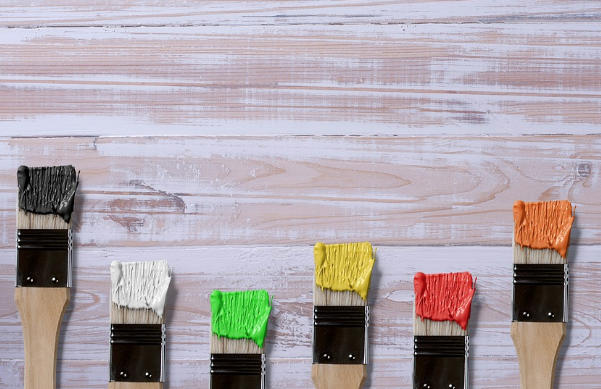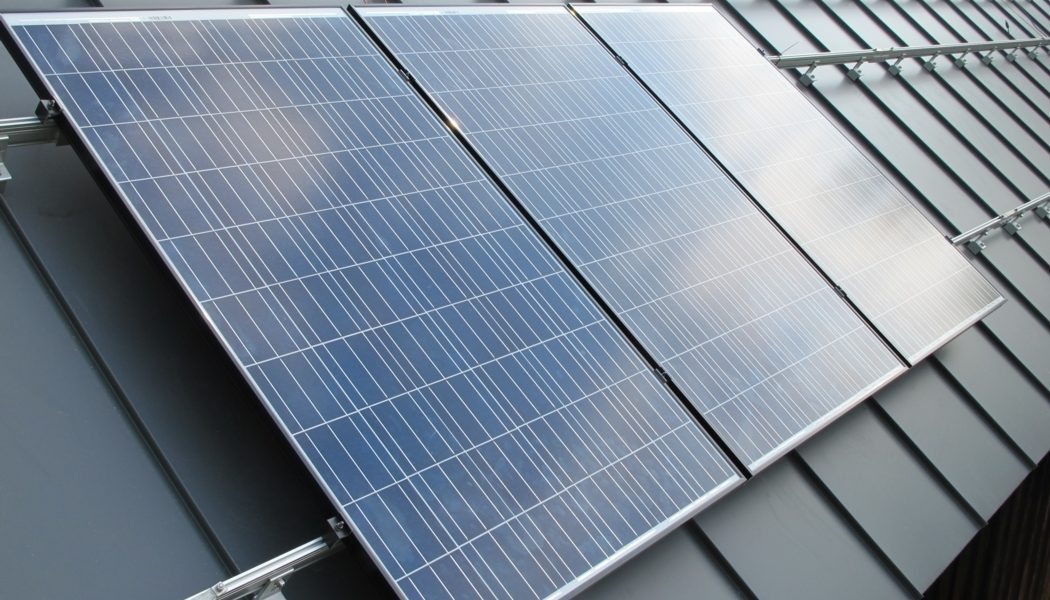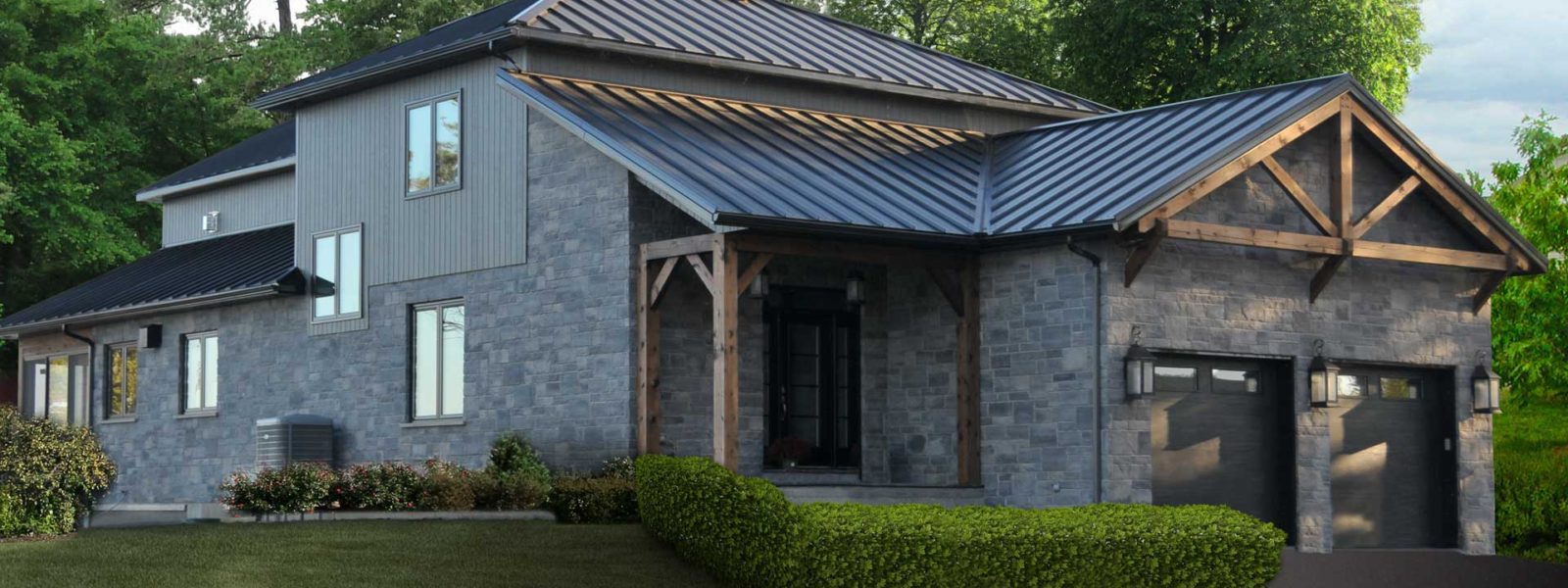The material that has been taking the construction industry by storm! Metal panels have become quite the buzzword lately – especially in farmhouse and industrial style buildings. Coveted for their strength, versatility, and energy efficiency, metal panels are being used more and more as an alternative building material. Forget asphalt shingle roofs and plaster drywalls. Metal panels can be used for both! And oh so much more:
Metal Moulding
Used for more than roofing, metal panels also make excellent fifth walls! You can use metal panels to create an industrial style ceiling, or along the edges of the ceiling and wall for contrast. You can even use metal panels to create focal points over lighting fixtures or delineating spaces in buildings with open floor plans. Add strips of LED lighting for extra pizazz.
Metal Accent Wall
What better way to create contrast or texture than with a metal panel? These panels can be used to create backdrops in gardens or other outer areas of a structure. While colorful panels can be used to add pops of color in open spaces. Coming in a variety of styles and finishes, some panels can even be used to mimic other materials, such as wood.
Metal Wainscoting
Nothing adds a modern touch quite like metal wainscoting! This interior accent has become increasingly popular in commercial and restaurant spaces, especially those in more heavily developed towns. When used in small spaces, this design technique can make the room appear larger than it is.
Paneled Kitchen Island
Islands already make a statement. Make a bigger one by using textured or sleek metal panels along your kitchen island! They can even be used in commercial kitchen applications due to their impermeable surface. Other interior applications using metal panels could be a kitchen or bathroom backsplash, or metal cabinetry.
While these are just a few ideas, the true possibility of metal panels are endless! If you can dream it up, a metal panel can likely make it happen. Are you ready to utilize metal panels in unique and exciting ways within your building? Contact our team today to learn more. We will be happy to answer any of your questions at info@ecoinsulatedpanels.com or 1.855.838.9393.

